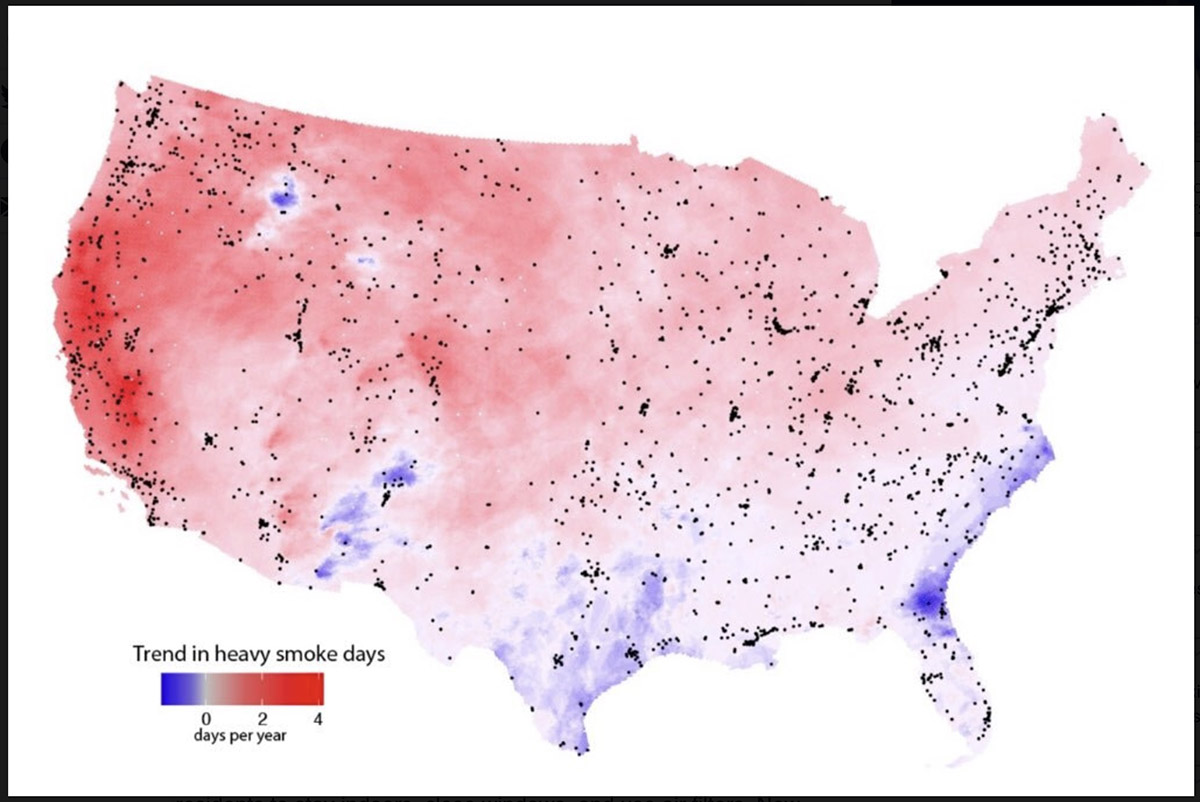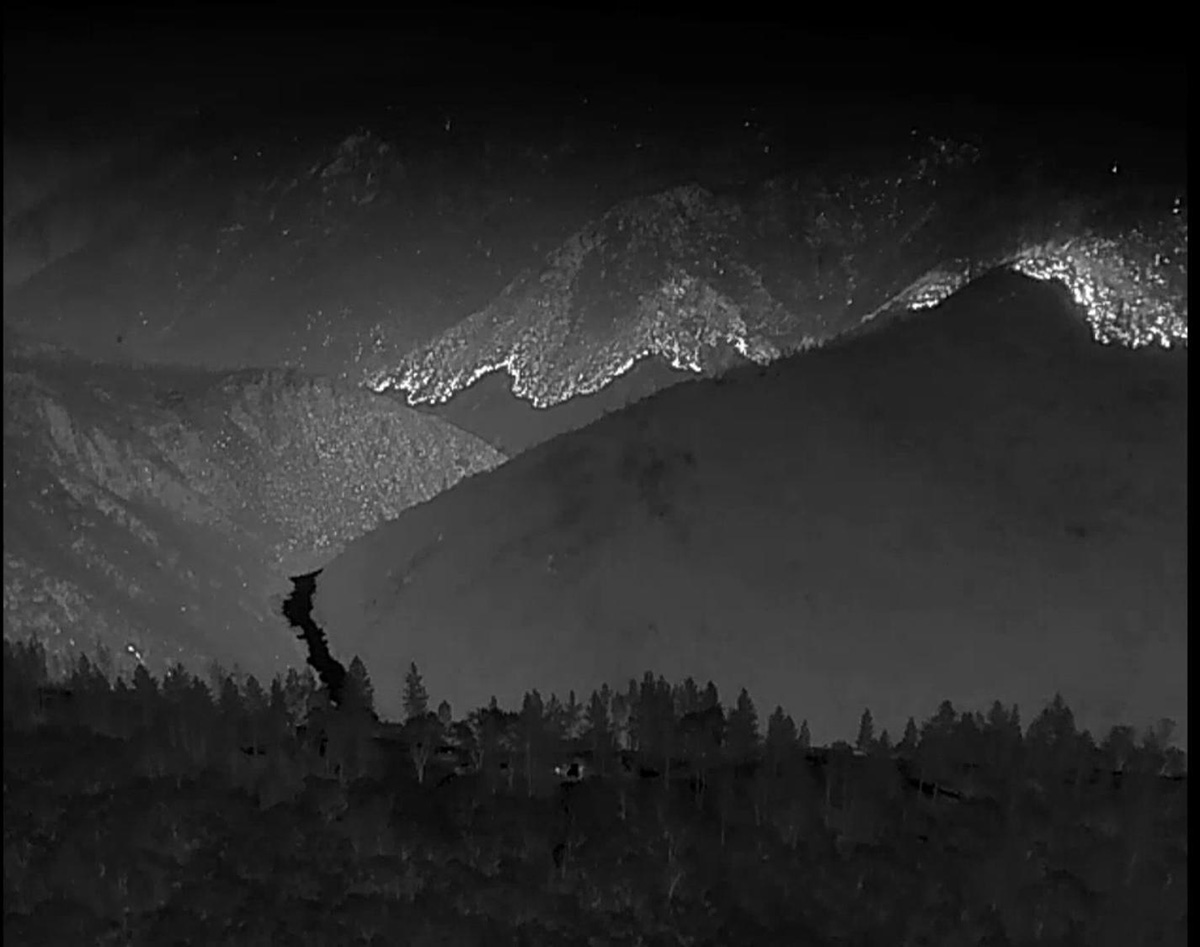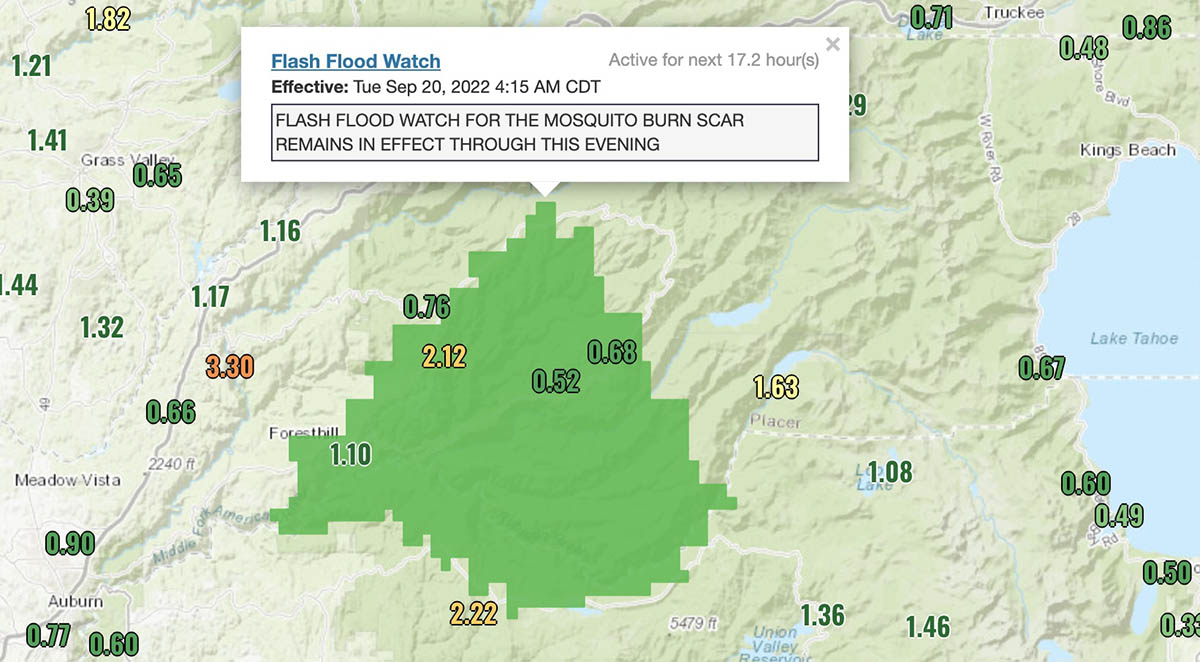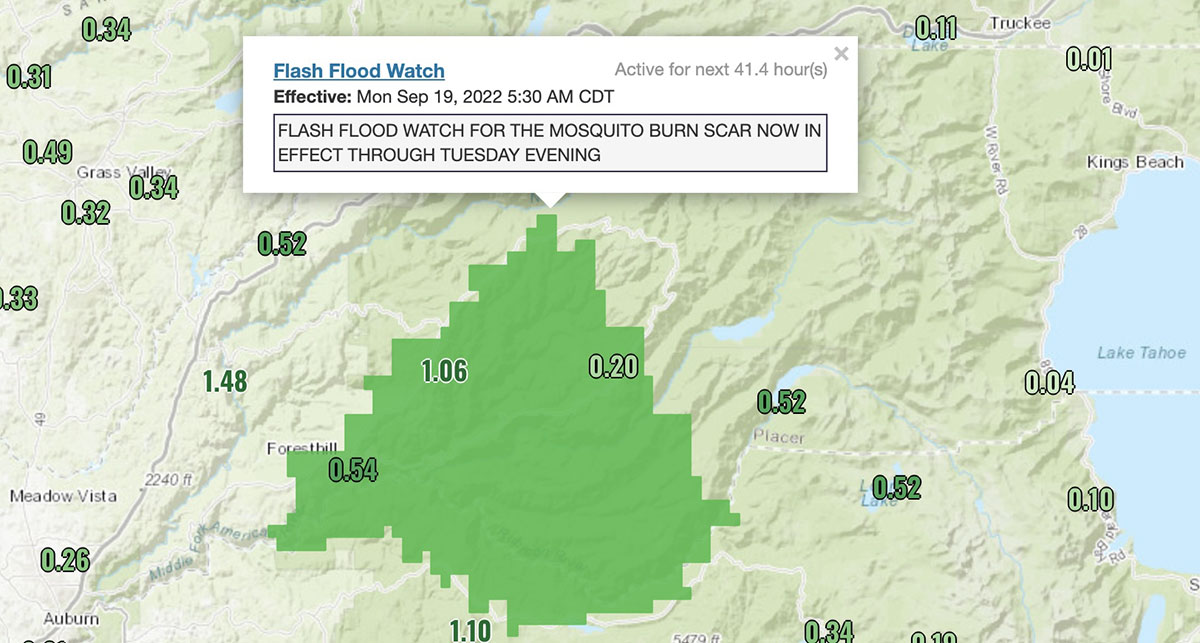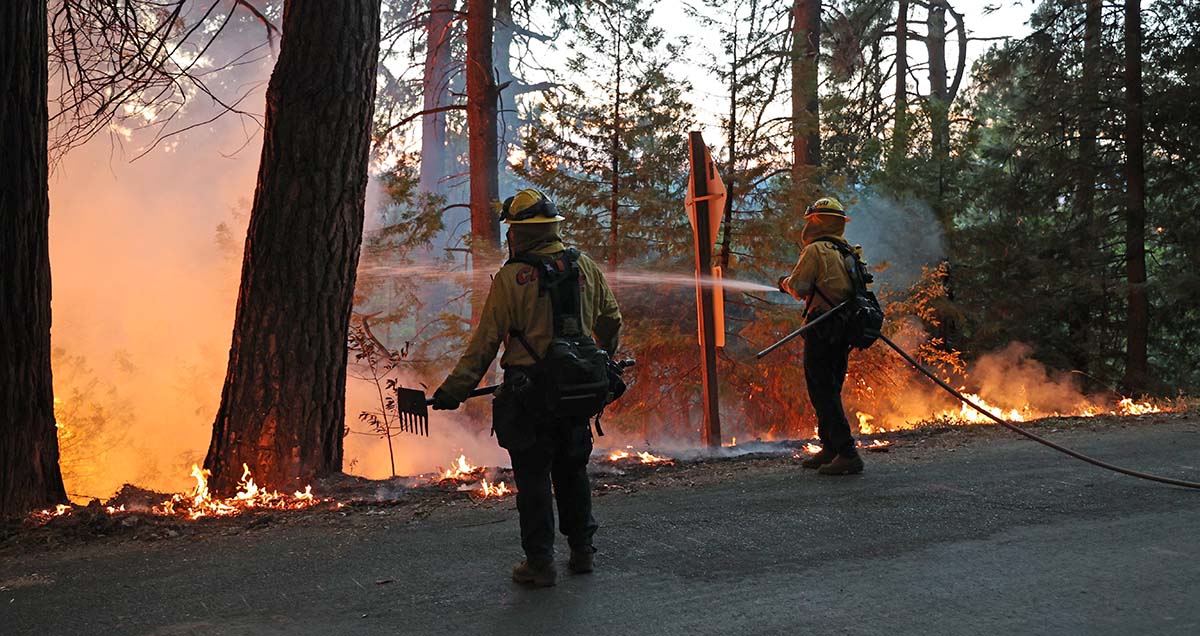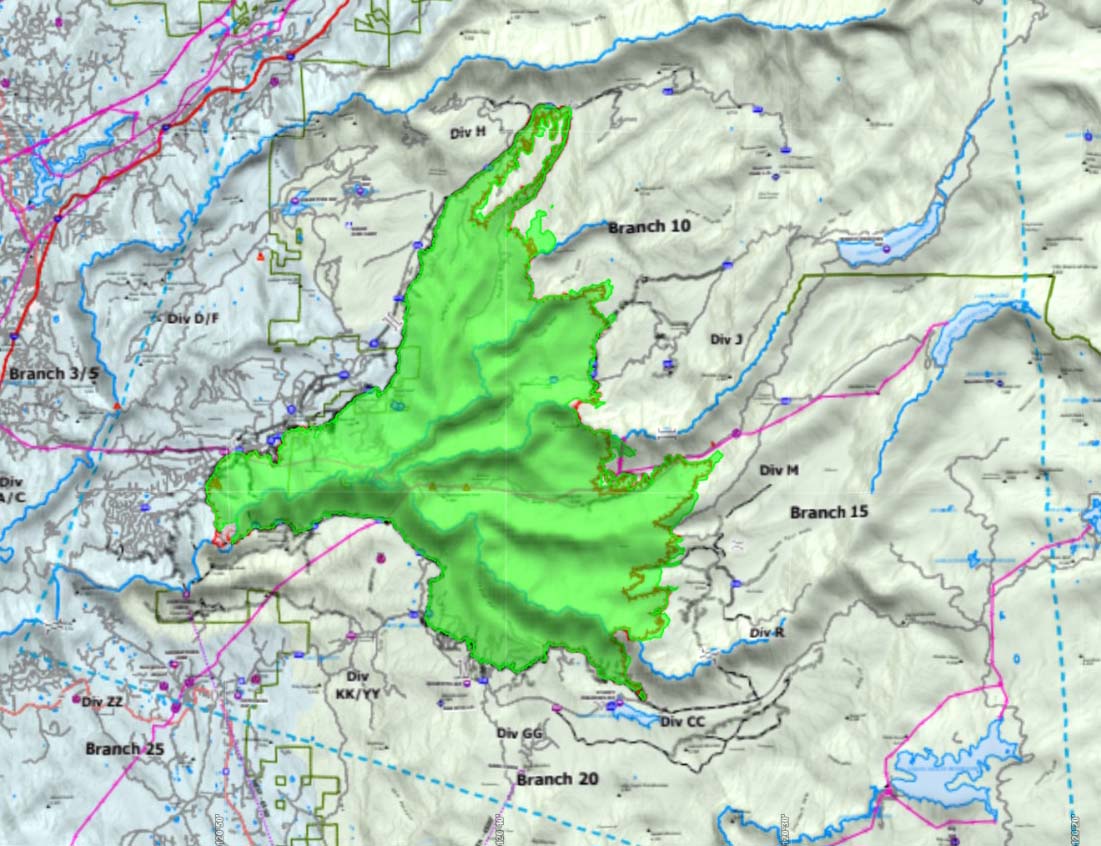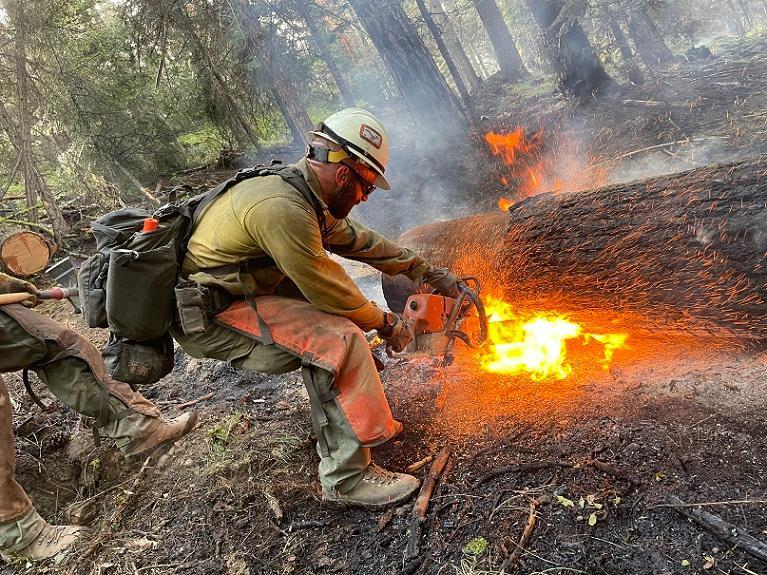
A bill to be introduced in the Senate would ensure that a federal wildland firefighter would not forfeit previously made contributions or eligibility for firefighter retirement if they have a voluntary break in service of less than 9 months. Some employees have been surprised after returning to their firefighter job after having to take care of children or other family members, to learn that the break in firefighter retirement coverage reset the clock. Their previous work as a firefighter no longer counted toward firefighter retirement and their 20-year period of covered work began again. It could be argued, why is there any limit on the break in service. Or, why couldn’t it be 5 years or 10 years?
Another provision will place a cap on a Federal wildland firefighter’s rent when they are required to occupy government housing. The maximum limit would be 40 percent of the person’s pre-tax salary. This is thought to affect a limited number of federal wildland firefighters, primarily in the National Park Service. The legislation says this change would be implemented “notwithstanding OMB Circular No. A-45R” which states, “rents and other charges may not be set so as to provide a housing subsidy, serve as an inducement in the recruitment or retention of employees, or encourage occupancy of existing Government housing.”
The rent for federal government housing is required by the OMB Circular to be “based upon an impartial study of comparable private rental housing.”
Nationally, rents rose a record 11.3 percent last year, according to real estate research firm CoStar Group.
The bill was announced Wednesday by U.S. Senator John Barrasso (R-WY), Ranking Member of the Senate Committee on Energy and Natural Resources, and Chair of the committee Joe Manchin (D-WV). It is titled “Promoting Effective Forest Management Act of 2022.”
The Grassroots Wildland Firefighters played a part in getting these provisions into the proposed legislation. Kelly Martin, President, said she looks at them as placeholders or starting points.
There will be opportunities as it is being considered to modify the language, perhaps for example, to eliminate the break in service restriction for firefighter retirement coverage, and determine a method for setting housing rental rates that GS-3 firefighters making about $2,200 a month can afford, whether or not the employee is required to stay in government housing.
With difficulties in recruiting and retaining federal wildland firefighters, and hundreds of vacant positions, it may be time to modify the OMB Circular to allow rental rates to “serve as an inducement in the recruitment or retention of employees.”
The bill has not been introduced in the Senate yet and could be subjected to changes and amendments if it makes it that far through the process. It has several provisions that could garner votes from Republicans, such as quadrupling mechanical thinning targets, streamlining environmental reviews, and increasing grazing. Half a dozen organizations associated with logging submitted statements supporting the bill.
Other provisions in the legislation:
- The FS shall develop a program that provides incentives for employees to grow in place without relocating.
- The FS will be required to reduce the number of relocations of line officers, in order to increase the period of time that they work at a duty station.
- The FS and the BLM are required to double their mechanical thinning targets by 2025 and quadruple them by 2027.
- It allows counties and local governments to intervene in lawsuits intended to stop wildfire prevention projects on nearby National Forests.
- It places a $100,000 cap on employee relocation expenses.
- Job applicants will be solicited in a manner that does not limit eligibility to current Forest Service employees.
- The FS shall work with States to develop a universal, tiered program to train people to enter the logging workforce, and to examine ways to facilitate apprenticeship training opportunities.
- Within three years of passage of the legislation, every FS and BLM unit must use at least one of six streamlining methods for environmental review on a forest management project.
- The Forest Service and the BLM are directed to develop a strategy to increase the use of grazing as a wildfire mitigation tool.

